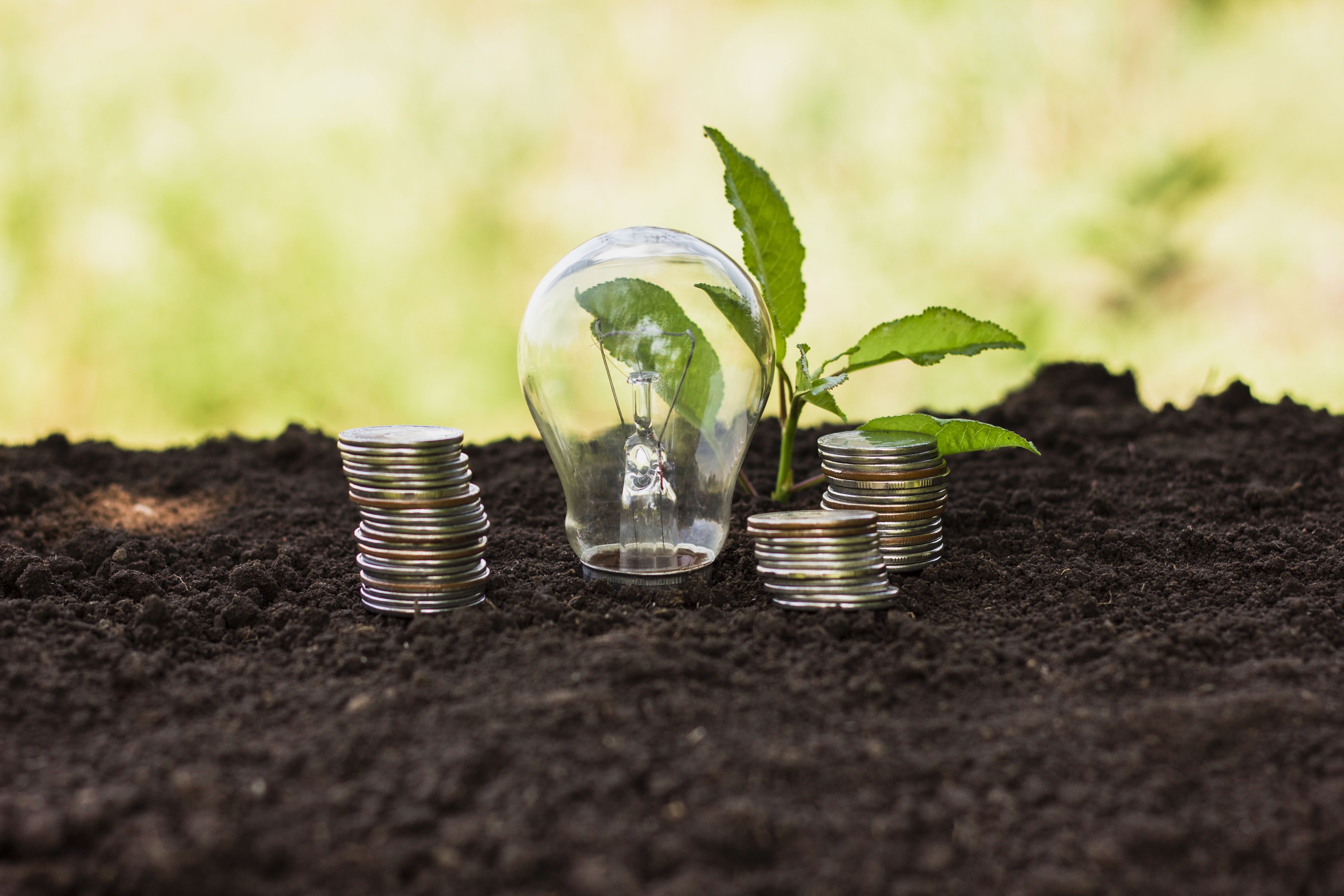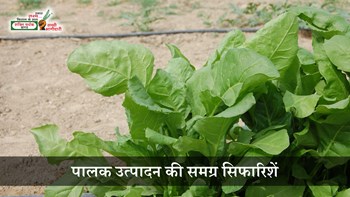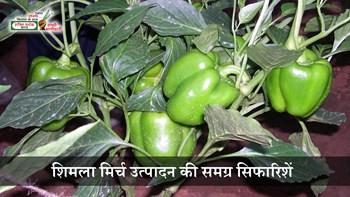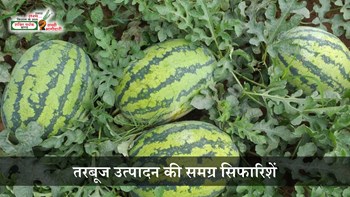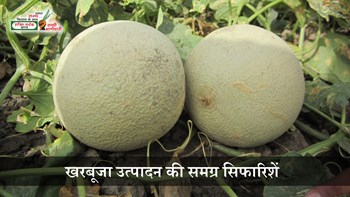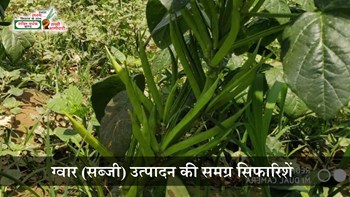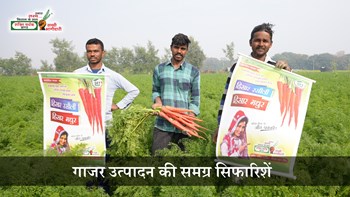1. National Food Security Mission (NFSM)
The NFSM plays a pivotal role in subsidizing the cost of certified seeds for crops such as rice, wheat, pulses, and coarse cereals. In 2025, the mission has increased its seed distribution targets, especially for pulses and oilseeds, to reduce import dependency and improve domestic production. Farmers can receive seeds at subsidized rates, often covering 50-75% of the seed cost depending on the crop and region.
2. Rashtriya Krishi Vikas Yojana (RKVY-RAFTAAR)
Under RKVY, state governments are given financial assistance to implement need-based agricultural programs, including seed distribution. In 2025, several states have launched specific seed mini-kits through this scheme to promote new high-yielding and climate-resilient seed varieties. Farmers can avail these kits at nominal prices or sometimes even free of cost.
3. Sub-Mission on Seeds and Planting Material (SMSP)
This centrally sponsored scheme focuses on increasing the production and distribution of quality seeds. In 2025, the SMSP offers subsidies on foundation and certified seeds, as well as support for seed processing units. The aim is to encourage private and public sector collaboration in seed production while ensuring that small and marginal farmers benefit from lower costs.
4. Pradhan Mantri Krishi Sinchayee Yojana (PMKSY)
While primarily an irrigation initiative, PMKSY supports components of integrated farming that include seed inputs. In 2025, farmers adopting micro-irrigation along with improved seed varieties receive additional benefits, including input subsidies for seeds as part of bundled support packages.
5. State-Specific Seed Subsidy Programs
In addition to central schemes, individual states continue to implement their own subsidy programs. For example, Maharashtra’s “Seed Village Scheme” and Tamil Nadu’s “Integrated Seed Development Scheme” offer localized support for the production and distribution of seeds suited to agro-climatic conditions.
6. Digital Platforms and Direct Benefit Transfer (DBT)
With advancements in digital governance, farmers in 2025 are able to access subsidies more efficiently. The government has strengthened the DBT system, ensuring that subsidies for seed purchases are directly transferred to farmers' bank accounts. Mobile apps and farmer portals also provide information about eligible schemes, vendors, and real-time subsidy tracking.
